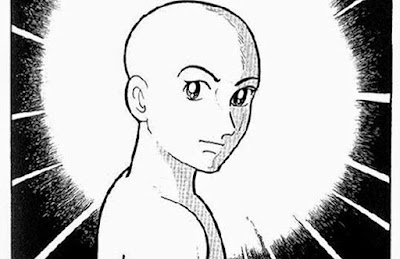Comics have been around since at least the middle-ages, we see it being used to create a narrative or a point. The graphic narrative developed the comics and then being created in comic strips in the future. In more modern day, the medium itself never really has a definition. Mediums change throughout time, comics, novels, and illustrations. We see comics being transformed into films and media, also it's counted as more of fine arts now when it's done traditionally and digital is what it's being used in. It's hard to pick apart film, comics and animation, they overlap and combine from each other. We can see comics maybe reaching into VR without frames, living within the picture. Comics should be as inclusive as possible, we should have a tradition and what is recognized and legitimized as comics. We should accept comics as all forms that can be broken up.
Electric Dragon 80,000 V is a digital film, made a short movie influenced by comics and manga tropes. Classic Superhero movie a face-off between two rivals. The plot is ridiculous and silly. I'm surprised to see such a well developed film that had short production. It follows the same idea of how a superhero comes to be, by accident. I see a lot of the elements of comics within the film. First being the fact thats it's black and white, and giving it more of a traditional form. The sequential shots, the lettering in the series and the dialogue also reflect a comic strip. No normal dialogue happens naturally and every single action has ridiculous sound effects.
The comic I chose to finish up the course is the World of Warcraft issues and comics. It's interesting that one of the most famous MMO's has a comic series that was created after it to give even more context and caricature to characters in the game. Back then we didn't really have a lot of information in the NPCs in the game. Even from standard questing we can't really see the lore of the characters. I think it's interesting that in this context we are using comics to better understand a world, and expand upon it.









